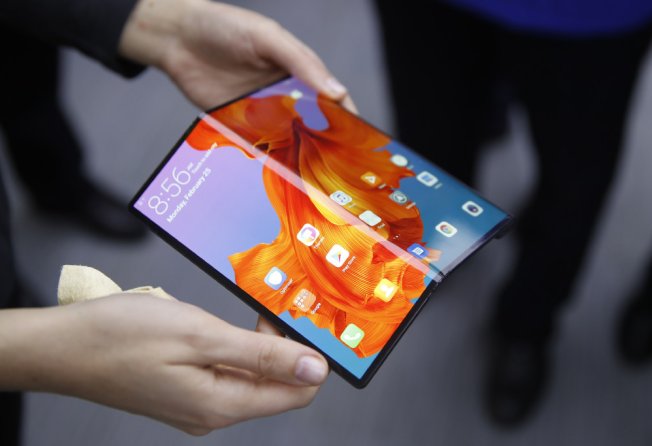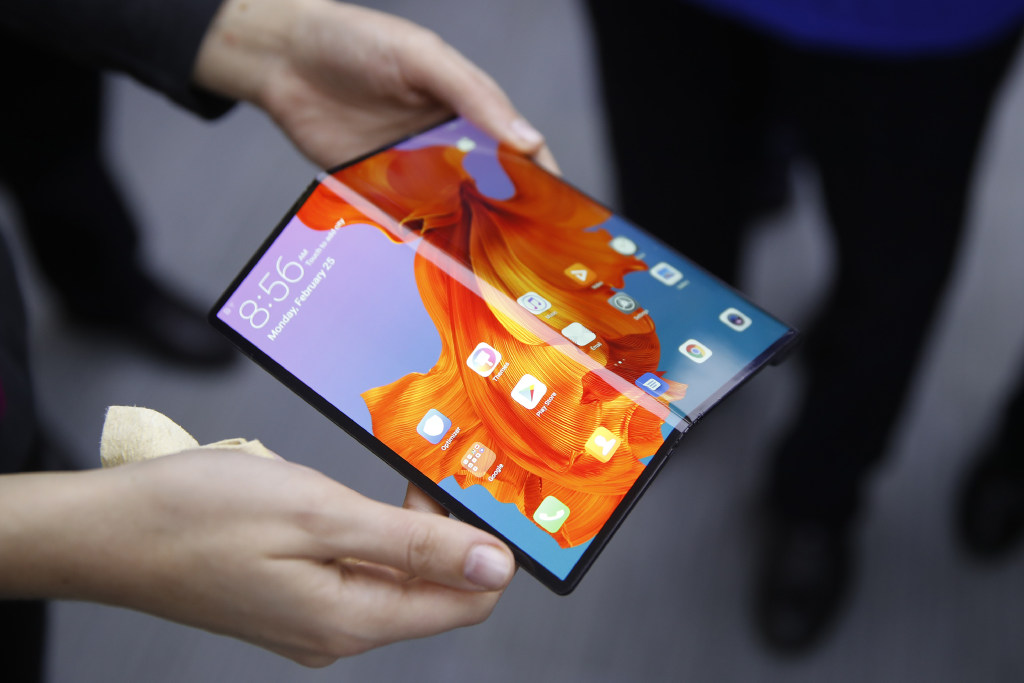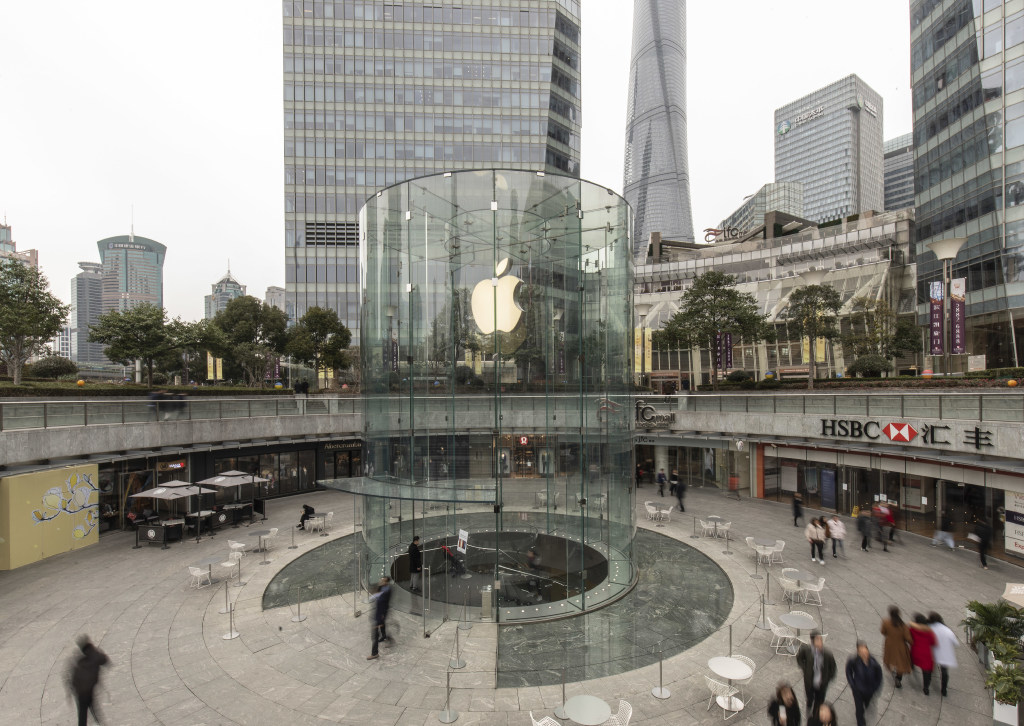Global smartphone battle: Five things you need to know
Huawei and Vivo are on a roll while Apple struggles

One man’s loss is another man’s gain. This adage seems truer than ever in the smartphone wars.
Marketing intelligence firms IDC and Counterpoint just released their global smartphone shipment figures for the last quarter. While it looks like fewer people are buying new handsets overall, with total shipments down 5% to 7%, there are still a few big winners who managed to buck the trend.
Huawei is moving a lot of phones

The Chinese telecom equipment giant finally leapfrogged Apple to the second spot in worldwide shipments last quarter. While the iPhone’s popularity may have peaked in China, Huawei shipped 50% more handsets than a year ago.
Unlike Apple, which only sells expensive iPhones, Huawei has the benefit of a diverse lineup that includes both high-end and cheaper devices. Not everyone is able to afford a Huawei flagship like the P30 Pro, but they can still buy an Honor View 20, which costs nearly half the price.
This strategy mirrors that of Samsung, which now has a smaller lead than ever over Huawei, owning 23% of the market versus Huawei’s 19%.
“We believe it is Huawei that Samsung should be worrying about rather than Apple,” said Counterpoint’s research analyst Shobhit Srivastava.
Vivo is the new darling
Almost every company besides Huawei is selling fewer smartphones, but Vivo was one of the few exceptions. The Chinese brand is virtually unknown in the US, but it managed to grow shipments by 24% year-on-year according to IDC, which puts it among the top 5 (in a tie with sister company Oppo).
Neither Oppo nor Vivo phones are officially sold in the US, but their sister brand OnePlus might be more familiar, having established a following among American consumers. Taken together, the combined sales of these three brands make their parent company BBK Electronics the world’s third biggest smartphone maker, according to Counterpoint.
OnePlus models often adopt features that were first pioneered on Vivo and Oppo handsets. Not all of these experimental designs are destined for OnePlus or overseas markets, though. Some of Vivo’s more interesting designs include a gaming phone, a handset with screens on both the front and back and a “hole-less” prototype phone with no SIM card slots, charging ports or volume buttons.
Apple’s price cut in China wasn’t enough

Prices for iPhones in China were slashed in January and again in March. Did it help convince people to upgrade to the new models? It may have been a quick fix, but only a temporary one.
With sluggish sales in some of its most important markets, iPhone shipments dropped 30% from last year, according to IDC. Apple said this week that sales picked up in China after the price cut, and investors responded positively. Analysts, however, are less confident about Apple’s outlook.
Both Samsung and Huawei have announced foldable and 5G smartphones, which could take more attention away from Apple. Granted, 5G networks aren’t expected to become mainstream in the US and China until next year at the earliest, and Samsung's foldable already has plenty of problems. Still, it looks like Apple is badly in need of something if it wants to hold on to users in 2019.
“Bringing up-to-date features, such as 5G, next year, as well as localized software is vital to prevent demand shrinking further [in China],” wrote Canalys analyst Mo Jia.
India is the new China
Just like the rest of the world, smartphones are no longer selling as well in China as they used to. So instead, Chinese phone makers are now looking south to India, home to the world’s biggest population after China. Just like China a few years ago, India has a growing middle class that’s eager to get their hands on upgraded handsets.
Xiaomi’s global shipments may have been down 10%, according to IDC, but it was selling more smartphones in India than a year before. Vivo is also investing heavily in India, sponsoring the Indian Premier League for Cricket to promote its brand. More interestingly, when Oppo launched a new brand called Realme, it debuted in India.
The bottomline: India is becoming the battleground that China used to be.
It’s getting worse for the underdogs
Motorola, Nokia, LG, HTC… these are hardly unknown brands. But together with other smaller phone makers, they saw a drop of more than 20% in smartphone shipments.
Part of that is because people are simply holding onto their phones longer. Owners of expensive Android phones are waiting 30 months on average to upgrade, according to Counterpoint, while iPhone users are staying put even longer at close to three years.
Not every company can hold out that long waiting for buyers to return. One chairman in China reportedly gambled away his company’s money while facing debt-related lawsuits. Another founder, famous for bashing Apple and Xiaomi, is now selling e-cigarettes instead.
For more insights into China tech, sign up for our tech newsletters, subscribe to our Inside China Tech podcast, and download the comprehensive 2019 China Internet Report. Also roam China Tech City, an award-winning interactive digital map at our sister site Abacus.